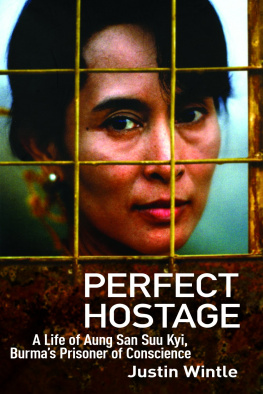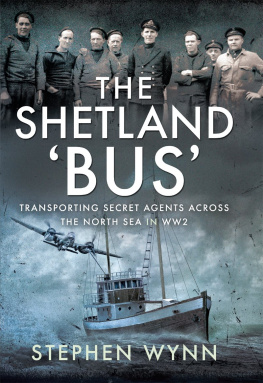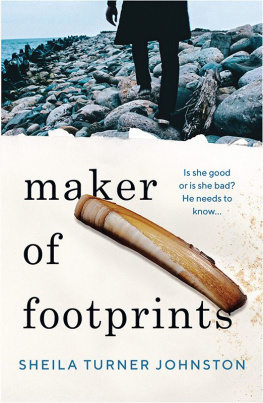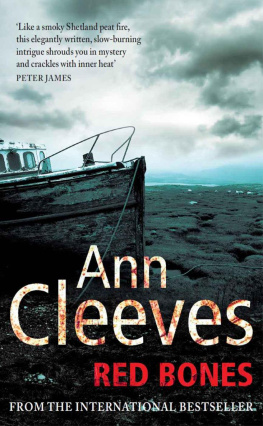ORKNEY AND SHETLAND FOLK, 8721350.
Note. Unless where otherwise stated this paper is founded on Orkneyinga Saga (Rolls Series, text and translation). Page references are to Orkney and Shetland Records, Vol. I. Fb., Flateyjarbk. Hkr., Heimskringla. J.J., Jacob Jakobsens works. S.S., Sturlunga Saga.
This paper is an attempt to describe the mixed races which inhabited Orkney and Shetland from the foundation of the Norse earldom, in 872, until the end of the rule of the Gaelic earls, circa 1350, and it is a first instalment of the evidence on which a paragraph on person-names was founded, in the Introduction to Orkney and Shetland Records, vol. I.
The earliest inhabitants, of whom we have any record, were the Picts, and the Irish papas and Columban missionaries, who must have brought some Irish settlers with them.
It has already been suggested that the Norse must have settled in Orkney and Shetland, circa 664, among the aboriginal race, the Picts, who would have become their thralls, and with whom the settlers would have intermarried.
The first Norsemen who came to Orkney and Shetland would have been adventurers, and not settlers with wives, families and thralls, such as later went to Iceland and Orkney. Consequently such adventurers who settled in the islands would naturally have intermarried with the aborigines. This kind of male settlement may have gone on for some time, before the actual bona fide colonisation took place.
It has already been pointed out that Shetland was not so fully colonised as Orkney, at the commencement of the Norse migration, which appears to account for the older Norse dialect forms in Orkney, and for the survival of more Keltic island-names in Shetland.
A stronger Pictish strain is thus, on that account, to be looked for in Shetland. The Norse would select the easiest landing-places, while the Kelts would occupy the inland and inaccessible places, as they did in the Isle of Man. The two inland districts of Hara and Stennes in Orkney are especially rich in the remains of the pre-Norse inhabitantsstone circles, brochs, etc.; and Ireland, the only sea-board of Stennes, is particularly inhospitable for shipping.
Besides the archological and topographical proof of the continued residence of the Picts in Orkney and Shetland, there is the much more reliable evidence of anthropology, in the existence of a large strain of the small and dark race in both Orkney and Shetland, representing the aboriginal race, the later prisoners of raids and the later settlers from Scotland. Allowance must also be made for thralls brought from Norway.
Queen Aur djpauga (deeply-wealthy) or djpga (deeply-wise), passed through Orkney, in the ninth century, on her way to Iceland, with twenty freed Irish thralls. After this, Einarr, grandson of earl Torf-Einarr, went to Iceland from Orkney with two Vestmenn (Irishmen). rar, Irish, occurs in place-names in Iceland, Orkney and Shetland, in each of which latter there is an Ireland.
It will now be proved that there were only three possible pure-bred Norse earls of Orkney and Shetland, viz., the first threeSigurr hinn rki, his son, Guormr, and his nephew, Hallar.
The first earl of the main line was Torf-Einarr, who was half Norse and half thrall, his mother being probably of the pre-Norse dark race. His son, the next earl, married a Gael, and after this, through repeated Gaelic marriages, the succeeding earls in the Norse male line were never more than a cross between Norse and Gael, sometimes almost approaching pure-bred Gaels, if the rules of a modern breeding society are to be observed. The same holds good of earl St. Rgnvaldr, a Norwegian, who succeeded on the distaff side, his mother being of Gaelic extraction. The Gaelic conversion of the earls was completed on the succession of the Gaelic earls in 1139.
The next step will be to show that the leading families, some of which were related to the earls, were also mainly of Gaelic descent, and in some cases probably in the male line.
As the Gaels did not give up patronymics and begin to assume permanent surnames (usually those of their chiefs), until after 1350, those who settled in Orkney before that, and became Norse in language and customs, of course adopted the Norse, in place of the Gaelic, patronymic, i.e., -son for mac-. This was done by the Gaelic earls in Orkney, in precisely the same way as had been done by the Irish settlers in Iceland.
In reply to a query, Sir Herbert Maxwell writes: You ask me to fix a date when patronymics flourished and ceased in the Highlands? I think it would be impossible to do so. There were few, if any, fixed surnames in England or Lowland Scotland before the middle of the thirteenth century, other than territorial ones, derived from the feudal tenure of land. In the Highlands, the adoption of fixed names appears to have been indefinitely deferred. Such counties as Perth and Dumbarton, being nearest the frontier of civilisation, their people would find it convenient to conform to the habit of their neighbours. In more remote districts the shifting patronymic prevailed much longer, and when it was abandoned individuals frequently assumed the surname of their chief or the name of his clan, which accounts for the old patronymic Macdonald being the third commonest surname in Scotland; Smith and Brown being first and second.
In the following description particular attention will be called to personal appearance, character, habits, superstitions, etc., as indications of descent.
The Norse Earls.
Earl Torf-Einarr, 875910, was the illegitimate son of the Norwegian earl Rgnvaldr, by a thrall mother who was thrall born on all sides, allar ttir rlborinn. He was therefore half Norse and half thrall. His mother was probably of the pre-Norse small dark race, the Finnar or Lappir, which may account for her son being ugly, ljtr, one-eyed, einsnn, but keen-sighted, skygnstr, an expression which latterly meant second-sighted, and capable of seeing elves, etc. He saw, what others did not, Hlfdn h-leggr, the self-appointed king of Orkney, bobbing up and down on another island, and had a bl-rn, blood-eagle, carved on him.
His poetic genius may have been the result of the mixture of Norse and Finn. He died of sickness, stt-daur, equivalent to str-daur, straw-dead, died in bed, an ignominious death for a vkingr.
Nothing is known of his wife, but, as he had children before he left Norway, she was, probably, a Norwegian.
His children were earls orfinnr, Arnkell and Erlendr, and two daughters, rds, born in his youth, in Norway (she was brought up by her grandfather, earl Rgnvaldr, and married rgeirr klaufi, whose son Einarr went to Orkney to his kinsmen, and as they would not receive him, he bought a ship and went to Iceland), and Hlf, who had descendants in Iceland.
Earl orfinnr hausakljfr (skull-cleaver), 910963, was the son of earl Torf-Einarr and an unknown mother, probably Norwegian, so that he would be three-fourths Norse and one-fourth thrall in descent. He married Grel, a daughter of Dunga (Gaelic Donnchadh, Duncan), Gaelic earl of Caithness, and Gra, daughter of orsteinn raur.
He is described as a great chief and warrior, mikill hfingi ok herskr, and died of sickness,










